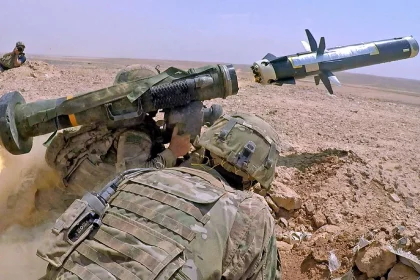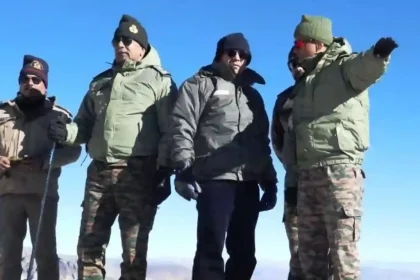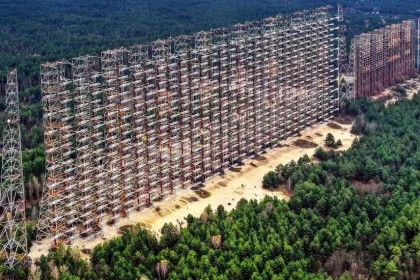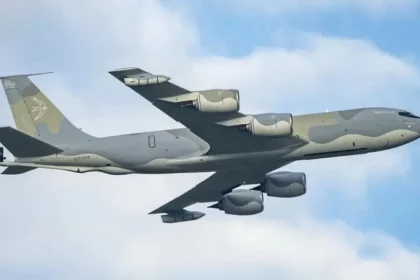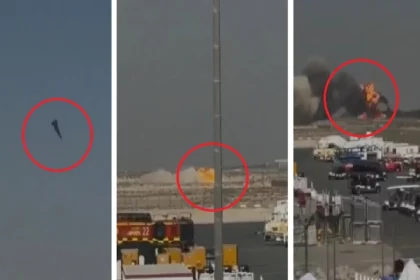US Approves Defence Deal to Supply Excalibur Precision Artillery and Javelin Missiles to India
US Greenlights $93 Million Excalibur and Javelin Package to Boost India’s Precision-Strike Power.
Pakistan Approves PKR 50 Billion Supplementary Defence Budget to Strengthen Border & Maritime Security
Islamabad Clears Additional PKR 50 Billion to Bolster CPEC Security, Border Fencing, and Naval Infrastructure.
Ladakh Clears 16 Strategic Defence and Infrastructure Projects With Tough Ecological Conditions
Projects Cleared Under Strict Wildlife, Habitat, and Waste-Management Norms.
India’s DRDO Achieves Major Milestone With SWOTH Over-the-Horizon Radar Deployment
New HF Radar System Extends India’s Maritime Vision Far Beyond the Horizon.
IAF Inducts Leased Boeing KC-135 Refueller, Restores Critical Mid-Air Tanking Capability
Leased KC-135 Strengthens India’s Aerial Refuelling Network Amid Il-78MKI Serviceability Crisis.
Tejas Pilot Was Performing High-Risk Negative-G Manoeuvre Moments Before Crash at Dubai Air Show
New Analysis Reveals High-Risk Aerobatic Move Behind the Tragic Crash.

